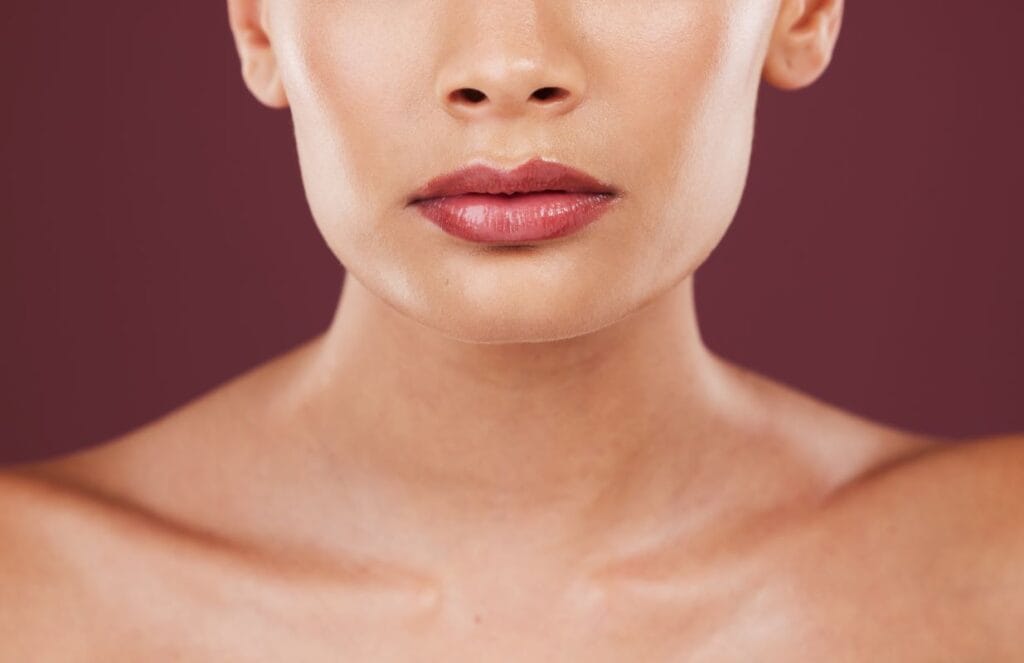In the quest for flawless skin, there are numerous treatments available to address various concerns. One such revolutionary treatment gaining popularity is the IPL (Intense Pulsed Light) photofacial. This non-invasive procedure harnesses the power of light energy to target and improve skin tone and texture. In this blog post, we will delve into the world of IPL photofacials, exploring their benefits, procedure, recovery, long-term maintenance, and how they can rejuvenate your skin to reveal a more radiant and youthful complexion.
Benefits of IPL Photofacials
IPL photofacials offer a multitude of benefits for individuals seeking to improve their skin’s tone and texture. One of the primary advantages is the treatment’s ability to reduce hyperpigmentation caused by sun damage, age spots, or melasma. The intense pulses of light target and break down the excess melanin, promoting a more even complexion and reducing the appearance of dark spots. Whether you have freckles, sunspots, or blotchy skin, IPL photofacials can help restore a more uniform and youthful appearance.
An IPL photofacial will stimulate collagen production within the skin. Collagen, a vital protein responsible for maintaining skin elasticity and firmness, naturally declines with age. By promoting collagen synthesis, IPL treatments help diminish fine lines, wrinkles, and other signs of aging, ultimately leading to smoother and younger-looking skin. Over time, you may notice improved skin texture and a reduction in the visibility of acne scars and enlarged pores.
In addition to addressing pigmentation issues and signs of aging, IPL photofacials also target vascular conditions such as rosacea or spider veins. The blood vessels absorb the targeted light energy, causing them to coagulate and gradually fade away, reducing redness and the appearance of broken capillaries. This can lead to a more even skin tone and decreased facial flushing.
The IPL Photofacial Procedure
Before undergoing an IPL photofacial, a thorough consultation with a skincare professional is essential. Your specific concerns will be assessed during this consultation, and a personalized treatment plan will be created to address your unique needs. It’s important to communicate any medical conditions, medications, or prior skin treatments to ensure the procedure’s safety and effectiveness.
The actual IPL photofacial procedure is relatively straightforward and typically takes less than an hour, depending on the treated area. You will be provided with protective eyewear, and a cool gel will be applied to the skin to enhance light absorption and ensure patient comfort. The IPL device emits precise pulses of light and is gently passed over the treatment area. The specific settings are adjusted to target the desired concerns, whether it be pigmentation irregularities or vascular conditions.
Most patients describe the sensation during treatment as a mild rubber band snap or a slight tingling sensation. While generally tolerable, individuals with low pain thresholds can request a topical anesthetic to minimize any discomfort. It’s important to note that the level of discomfort can vary depending on the intensity of the treatment and the individual’s pain sensitivity.

Recovery and Aftercare
Following an IPL photofacial, some individuals may experience minor redness, slight swelling, or a mild sunburn-like sensation. These effects are typically temporary and subside within a few hours to a few days. Applying a gentle moisturizer, avoiding direct sun exposure, and using a broad-spectrum sunscreen with a high SPF is crucial during the recovery period to protect and optimize the results.
In some cases, you may notice a temporary darkening of pigmented spots, indicating that the treatment effectively targets the excess melanin. These darkened spots will gradually flake off or fade within a week or two, revealing clearer and more even-toned skin beneath.
Long-Term Maintenance and Results
While significant improvement can be observed after just one session, a series of IPL photofacial treatments is often recommended to achieve optimal results. The exact number of sessions depends on the individual’s skin concerns and desired outcome. Typically, a series of three to six treatments, spaced several weeks apart, is recommended. However, this can vary based on the severity of the skin condition being treated.
Maintenance sessions may be recommended periodically to sustain the results over time. Factors such as sun exposure, lifestyle habits, and the natural aging process can influence the longevity of the results. By adhering to a consistent skincare routine, which includes wearing sunscreen daily, practicing sun protection measures, and using appropriate skincare products recommended by your skincare professional, you can help maintain the benefits of IPL photofacials for a longer duration.
Consult a Professional
If you’re considering an IPL photofacial, consulting with a qualified skincare professional is crucial. They will assess your skin condition, discuss your goals, and determine whether IPL photofacials are the most suitable option for you. During the consultation, be sure to provide accurate information about your medical history, skin concerns, and any previous treatments. This will help the professional tailor the treatment plan to your unique needs and guide you through the entire process, ensuring your safety and satisfaction.
Conclusion
IPL photofacials have emerged as a remarkable solution for individuals seeking to enhance their skin tone and texture. By harnessing the power of light energy, these non-invasive treatments address a wide range of concerns, from hyperpigmentation and signs of aging to vascular conditions. With proper consultation, expert application, and post-treatment care, IPL photofacials can help you achieve a more radiant, youthful, and revitalized complexion.

